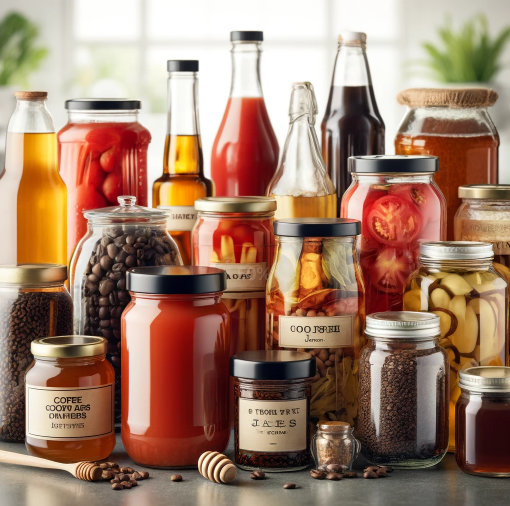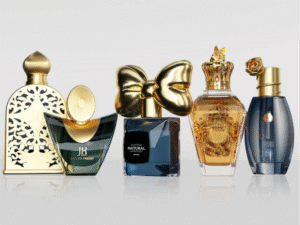When selecting glass bottles and jars for packaging food products, several critical factors must be considered to ensure the quality, safety, and compliance of the packaging. As a supplier of glass bottles and jars, we aim to provide valuable insights to help you make informed decisions.

1. Understanding Your Food Product
It is essential to inform the manufacturer about the type of food being packaged. Different food products have unique requirements, which affect the choice of glass packaging. Here are some examples:
-
Acidic Foods:
Products like tomato sauce and pickled foods require jars with high resistance to corrosion to prevent the glass from deteriorating.
-
High Sugar Foods:
Items such as jams and jellies need jars that can handle the viscosity and prevent crystallization over time.
-
Dry Foods:
Coffee, tea, and spices need airtight jars to prevent moisture ingress and preserve flavor and aroma.
-
Liquid Products:
Oils, vinegars, and beverages require bottles that protect against oxidation and maintain the product's quality.
-
Carbonated Beverages:
: Kombucha and sparkling drinks need bottles that can withstand internal pressure.
2. Filling Temperature
The filling temperature is a crucial factor in choosing the right glass packaging. For instance:
-
Hot Fill:
Products like soups, sauces, and juices are often filled at high temperatures (90-95°C). The glass bottles and jars must withstand these temperatures without breaking or deforming.
-
Cold Fill:
Products like pickles and certain beverages are filled at lower temperatures, requiring glass that can resist thermal shock to prevent cracking.
3.Temperature Tolerance Chart
| Food Type | Filling Temperature | Glass Requirement |
|---|---|---|
| Sauces and Soups | 90-95°C | High thermal resistance |
| Pickled Foods | 20-25°C | Thermal shock resistance |
4. Sterilization Requirements
Sterilization is vital for food safety, involving high temperatures and pressures which the glass must endure. Common methods include:
If the sterilization requirements are not met, it could lead to the glass breaking or the food not being adequately sterilized, posing health risks.
5. Regulatory Compliance
Various regions have different regulations for food packaging materials. Ensuring compliance with these regulations is crucial for market access and consumer safety. For example:
6. Additional Considerations
In addition to the primary factors, consider the following to ensure optimal packaging:
-
Packaging Design:
Select designs that complement the product’s characteristics, including bottle cap types and sealing methods.
-
Labeling and Printing:
Ensure labels and inks are food-safe. For instance, silk-screened logos should be durable enough to withstand cleaning methods, such as chlorine water washing, which can cause fading.
-
Supply Chain Management:
Partner with reputable suppliers to guarantee quality and timely delivery.
Conclusion
When purchasing glass food bottles and jars, it is crucial to consider the specific requirements of your product, including food type, filling temperature, sterilization needs, and regulatory compliance. Thoroughly understanding these factors and communicating them with your supplier ensures the safety, quality, and marketability of your products. As experienced suppliers, we are dedicated to providing high-quality glass packaging solutions tailored to your needs.
Contact us for more information.



